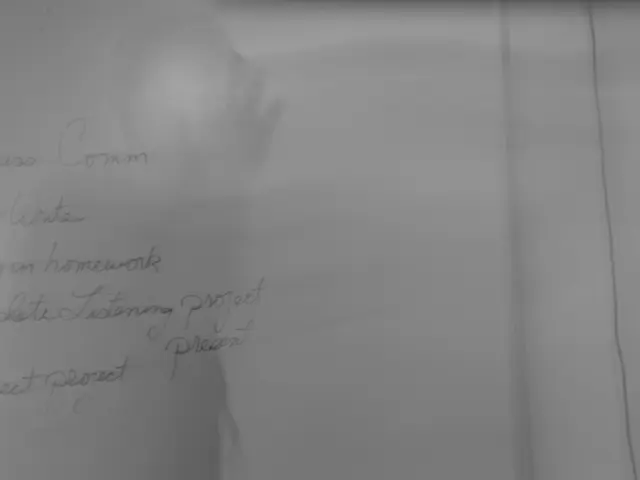EU Report: Circular Economy Can Slash Emissions in Energy-Intensive Sectors by 2050
A new report by the European Union's Joint Research Centre (JRC) highlights the potential of the circular economy in transforming energy-intensive industries. The report, titled 'Capturing the Potential of the Circular Economy Transition in Energy-Intensive Industries', quantifies the environmental, energy, and economic benefits of circular economy levers by 2050.
The EU Competitiveness compass and Clean Industrial Deal underscore the importance of the circular economy in creating a more sustainable, resilient, and competitive European industrial sector. The JRC report suggests that improved materials management in these industries could reduce emissions by 189 to 231 million tonnes of CO2 equivalent per year. This includes significant reductions in the steel sector (64 to 81 million tonnes) and the plastics sector (75 to 84 million tonnes).
Policy recommendations to achieve these targets include promoting technologies to enhance the quality of recycled materials, reducing resource use through efficient design, and steering market demand via Green Public Procurement instruments. These recommendations have been developed by EU institutions, with key input from bodies like the Bundesrat in Germany and research institutes such as the Öko-Institut. They emphasize policy frameworks like the Circular Economy Act, extended producer responsibility, and integrating sectors like packaging and forestry into circular strategies. The EU's trade balance could improve by about 4%, corresponding to 35 billion euro, due to reduced imports of raw materials and fossil fuels. Additionally, these measures could lower EU-wide fossil fuel energy demand by nearly 4.7% compared to 2023 and reduce reliance on imported fossil fuels and critical materials.
The JRC report underscores the substantial environmental, energy, and economic benefits of transitioning to a circular economy in energy-intensive industries. By 2050, these measures could significantly reduce greenhouse gas emissions, improve the EU's trade balance, and lower fossil fuel energy demand. With clear policy recommendations and the support of EU institutions, the circular economy presents a promising path towards a more sustainable and competitive EU economy.








